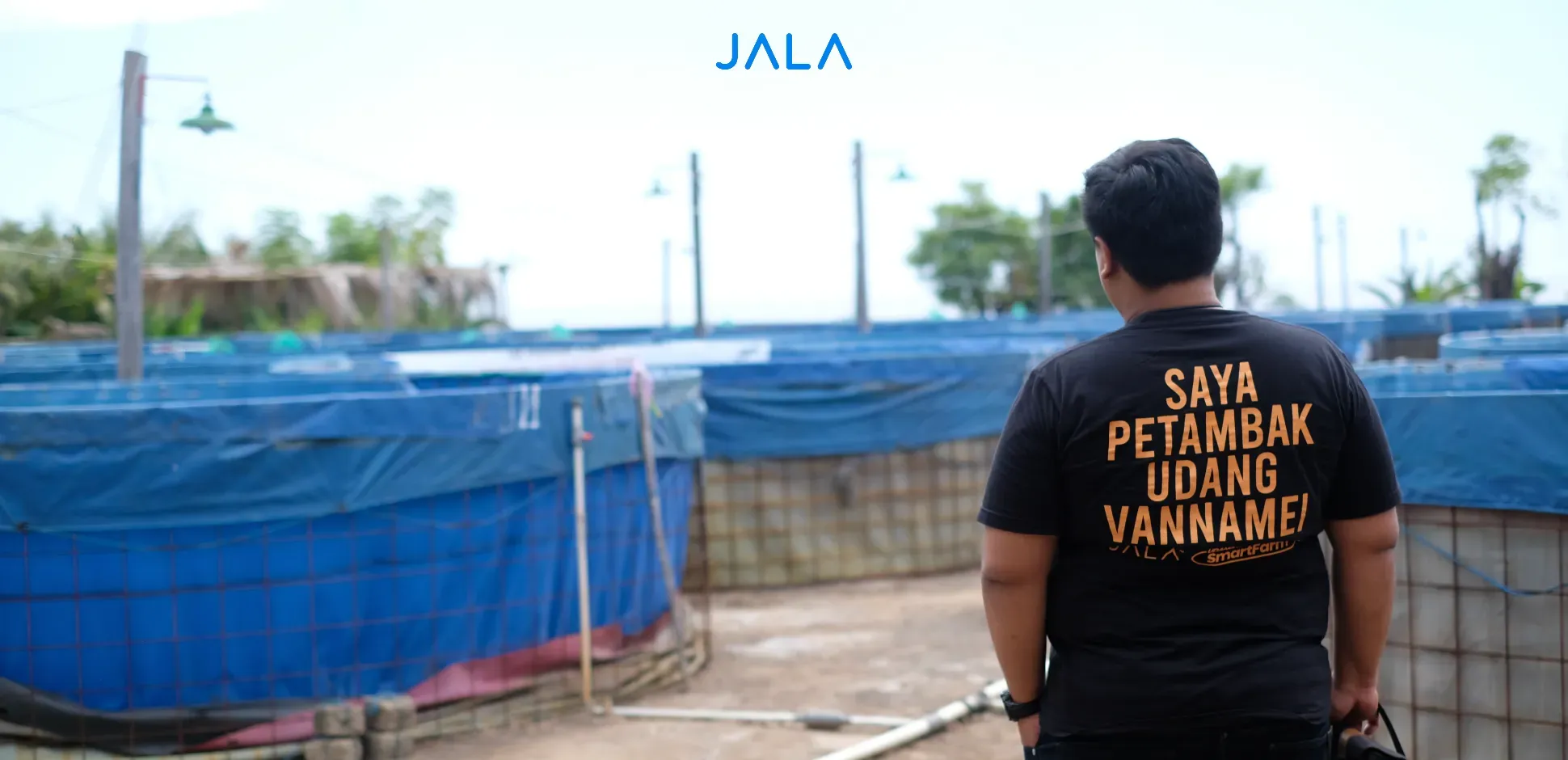
Shrimp farming is growing in popularity because of its potential and large market demand. Shrimp have high economic value both in the local and export markets.
It is not surprising that more and more people now want to start a shrimp farming business, namely by learning how to cultivate vannamei shrimp in small tarpaulin ponds. By utilizing limited land area, tarpaulin ponds can be a practical and cheaper alternative cultivation medium.
Besides practical and cost-effective, what are the other advantages of tarpaulin ponds and how to cultivate shrimp in tarpaulin ponds? Read more in the explanation below.
Contents
Related ArticlesLogin to Read the Full Article
Use your Jala account to read this article. If you don't have an account, please register on Jala App.





